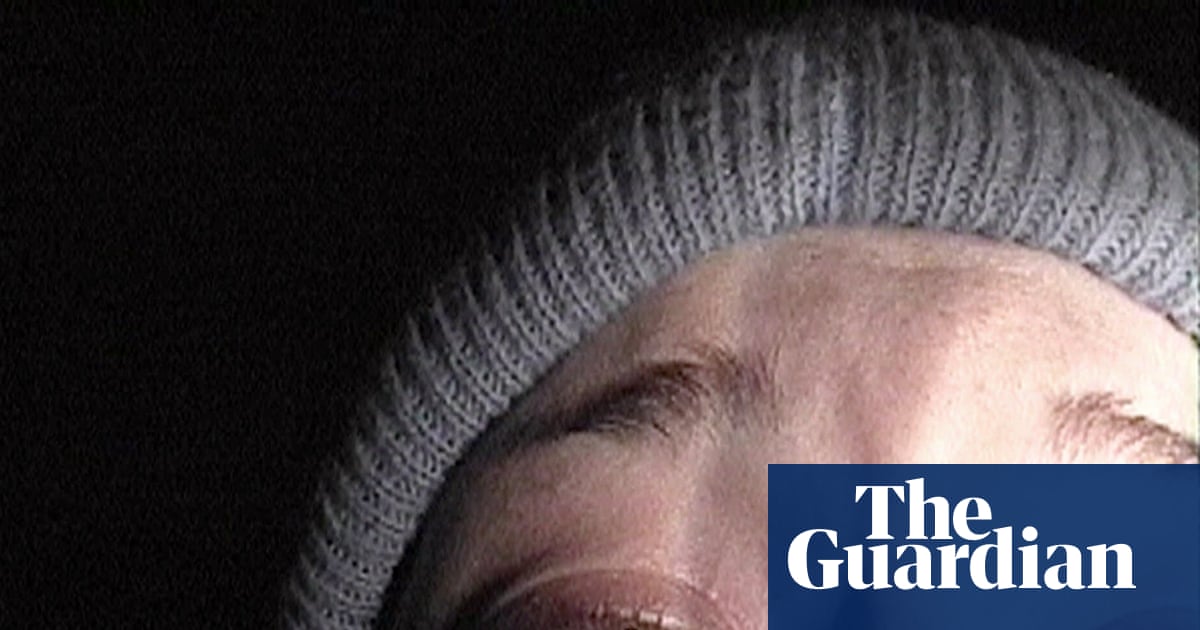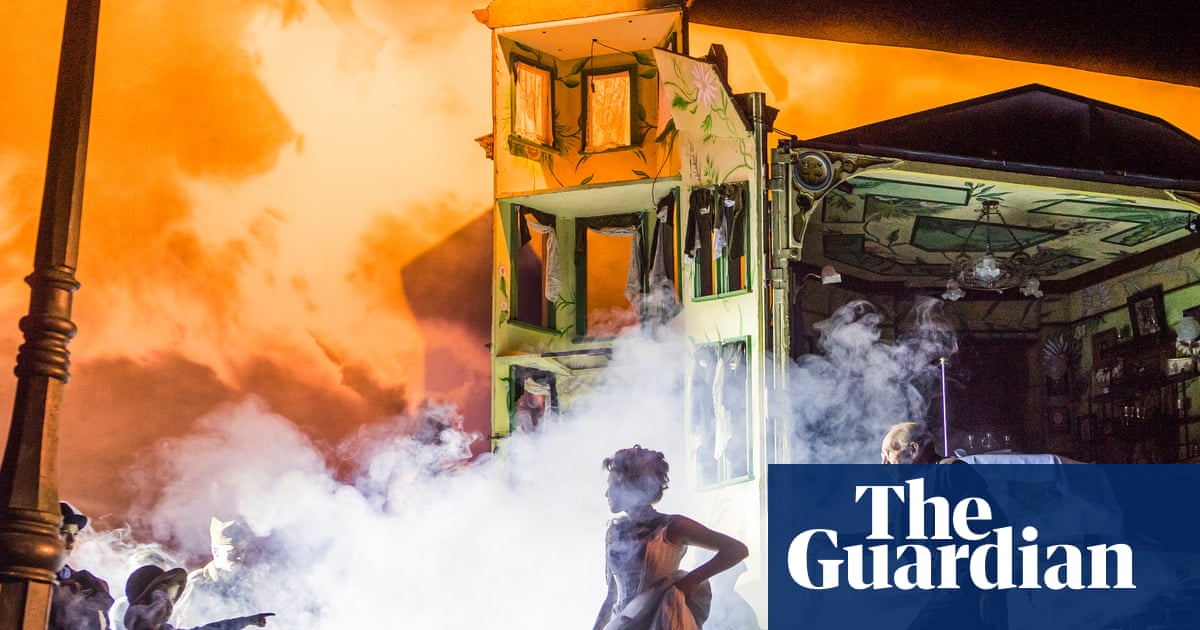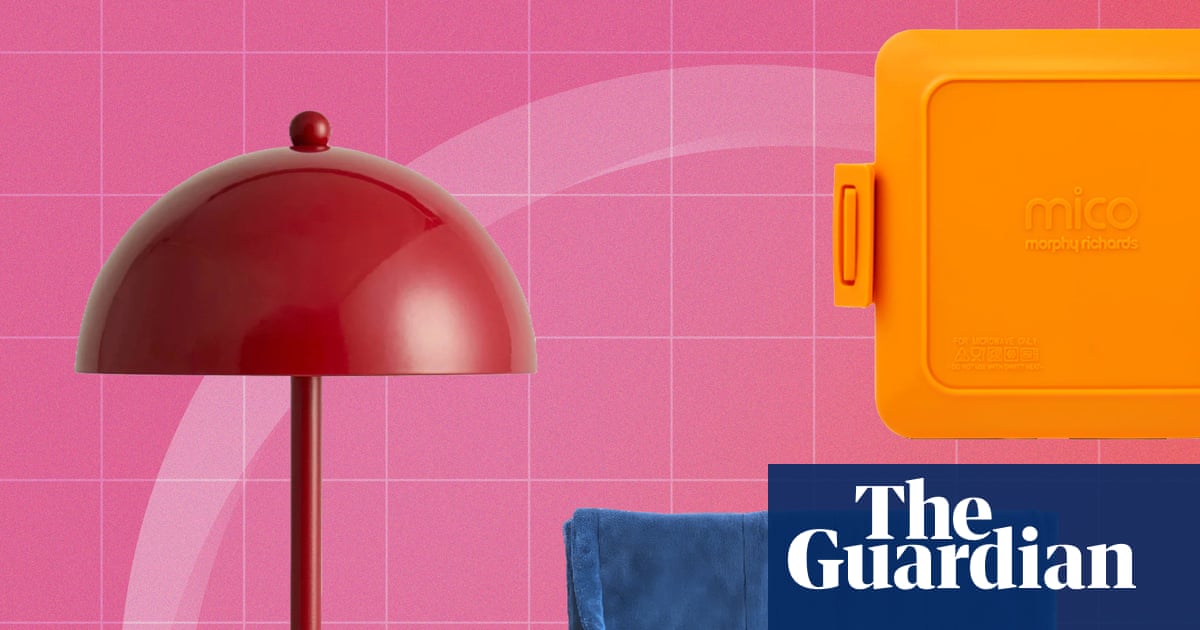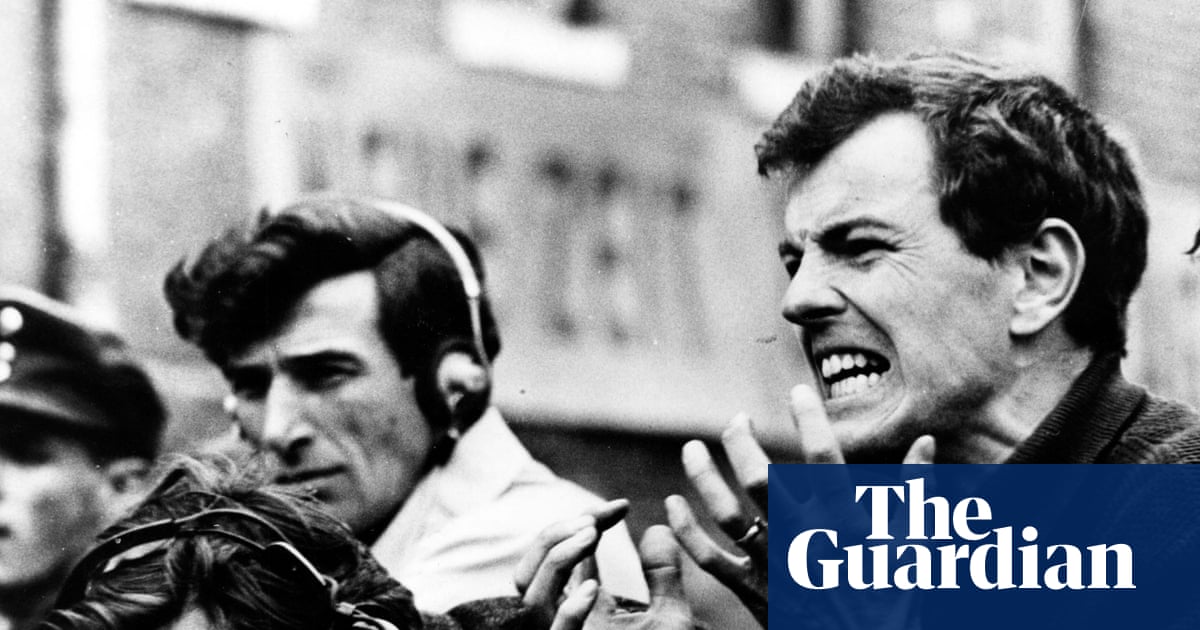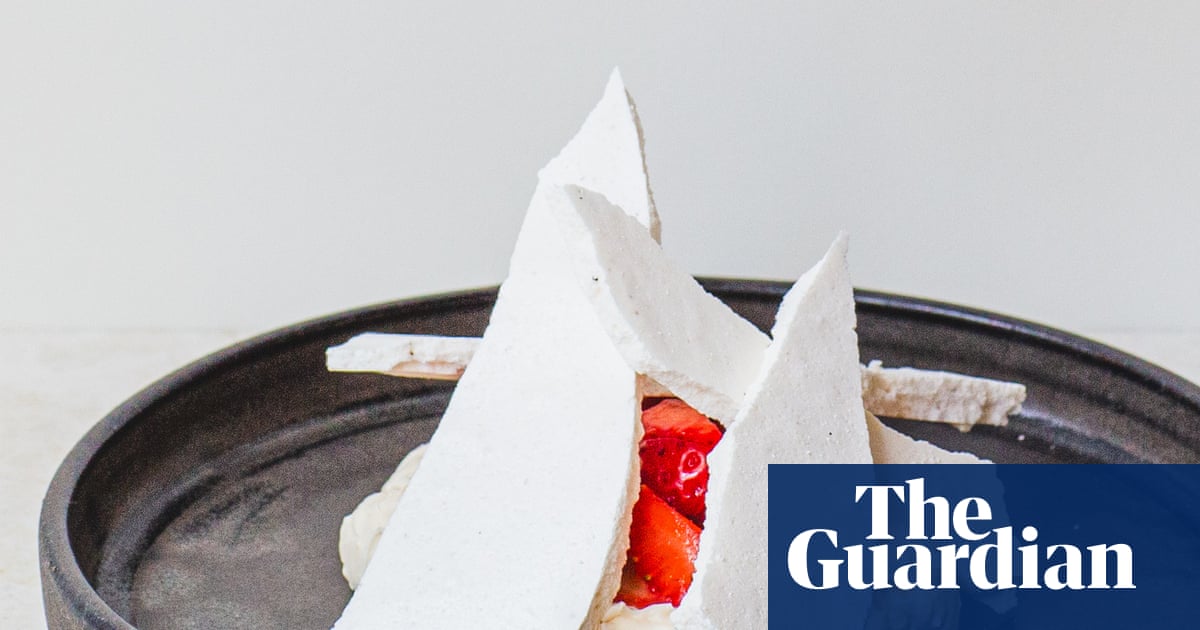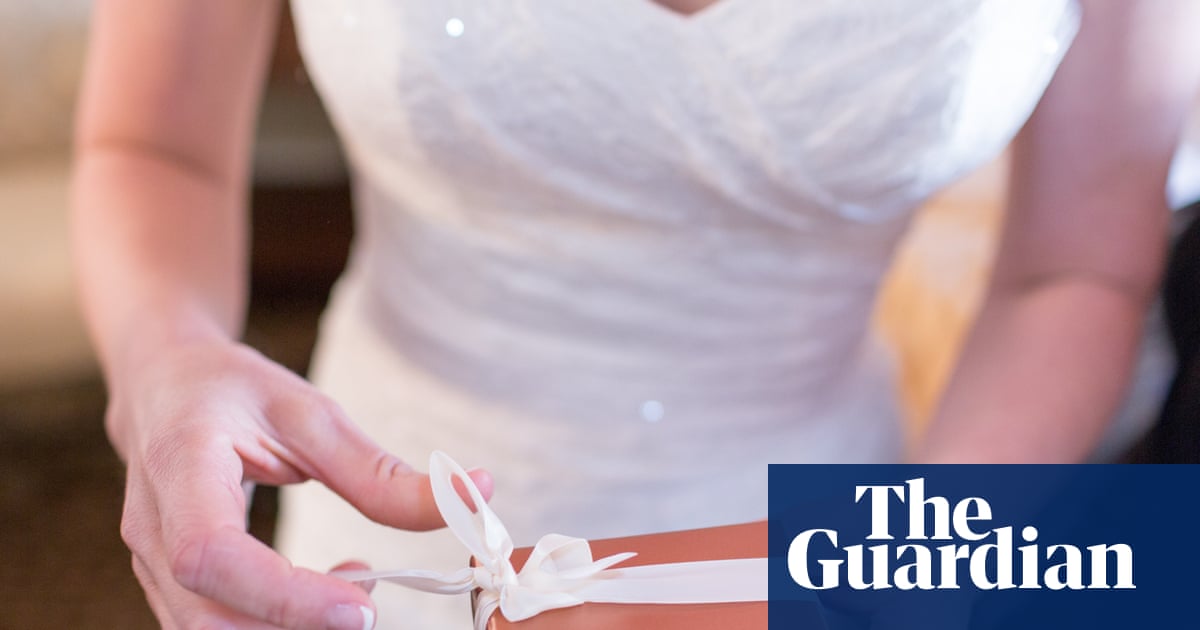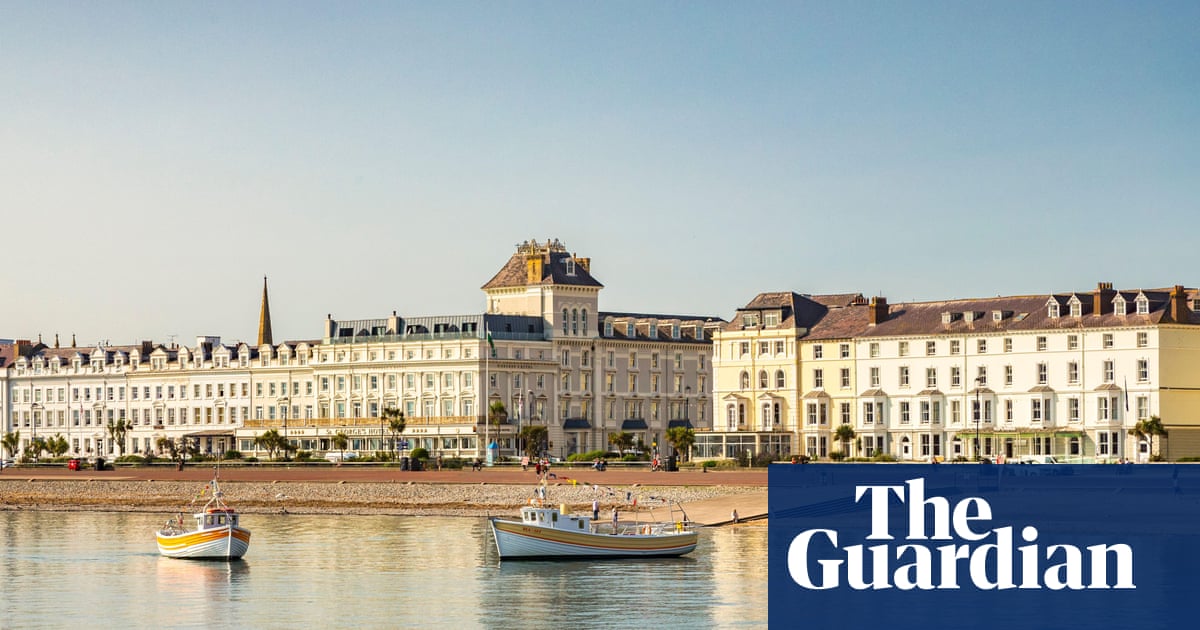Marie Antoinette had no luck. When fireworks were lit in Paris to celebrate the Austrian princess’s marriage to the dauphin of France, a conflagration ensued, the crowd stampeded and more than 130 people were killed – although rumour put the number much higher. From the start, it seemed she was destined to be hated by the French people and blamed for sufferings she didn’t even know existed.
By the time the French Revolution had begun in 1789, Antoinette was demonised not only as a lavish spender but a rampant sex addict who cuckolded the king. Illustrations from 1790s pornographic booklets in the V&A’s epic show graphically depict her making love to a guard and to one of her ladies in waiting. By the time you get to these libellous prints, you can’t help feeling their bullying nastiness. For you have got to know her. This show is a superb lesson in how history can be understood through images and objects. It brings you as close as it’s possible to get to the real Marie Antoinette.
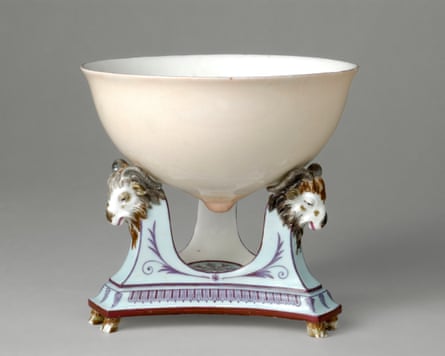
She looks back at you with unruffled calm in portraits by Élisabeth Vigée le Brun. Antoinette’s patronage of this gifted painter immediately takes you into a very different royal world from the misogynist fantasies of the revolutionary press: a female-dominated circle where the queen’s fascination with fashion fed Vigée le Brun’s art. She liked to sport striking headgear on top of colossal hairstyles: her caps, or “poufs”, celebrated such events as the discovery of smallpox vaccination. To mark a French naval victory she wore a hat with a ship on top. But the style that inspired Vigée le Brun was a simple, rustic look. In her portrait of the queen in a straw hat, Antoinette holds a pink rose, pausing from her flower-arranging to look at us. It’s a shame they couldn’t pair it with Vigée le Brun’s Self-Portrait in a Straw Hat, which is not far away in the National Gallery.
Antoinette is downsizing here. Inspired by the Romantic movement, her hairstyles got smaller in the late 1700s. She turned to nature as the people turned on her, spending more time in her private retreat, the Petit Trianon, in the grounds of Versailles. You can see a gold-trimmed armchair from this pastoral hideout and, even more amazingly, a set of fake gardening tools that were props in the pastoral dramas she performed at its theatre. The ideas of Jean-Jacques Rousseau, who praised the state of nature and condemned civilised corruption, are reflected in her “natural” lifestyle, except she couldn’t help express this according to the codes and culture of the court – luxuriously.
Another natural fashion in 18th-century France was for upper-class women to breastfeed their own children, instead of employing a wetnurse. This ideal is celebrated by Antoinette’s “breast cup”, a perfect porcelain simulacrum of a breast, rumoured to have been personally modelled by the queen.
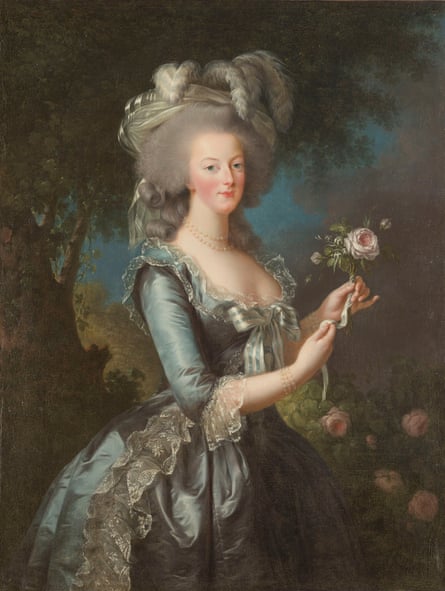
Revolutionaries would say (and did say) that all this was a rich woman’s fantasy of naturalness expressed in completely unnatural, consumerist ways. Yet she was just making use of all the comforts of French upper-class culture. There is a ravishing collection of painted fans here, each one a fluttering piece of pictorial art featuring lovers, gods, or a satirical scene in which a hairdresser stands on a ladder to work on a woman’s towering hairstyle.
As for the clothes, they are straight out of a fairytale. The robe de cour (court robe) that the Queen of Sweden wore for her wedding in 1774 is a glittering silver dream beyond any Disney fantasy. This and other garments worn in the 18th century stand in a hall of mirrors, their invisible occupants haunting the gallery. Intimate relics belonging to the queen herself include jewels, her piano, her perfume bottles and pot pourri bowls. Versailles apparently stank.
The revolution brought an end to fripperies. Truth was all – yet this too was expressed in fashion. Designs for revolutionary dress show his-and-hers patriotic costumes, including a Roman republican outfit. A depiction of the Festival of the Federation in 1790 shows the royal family conforming to the new ways. But by 1793, the guillotine beckoned.
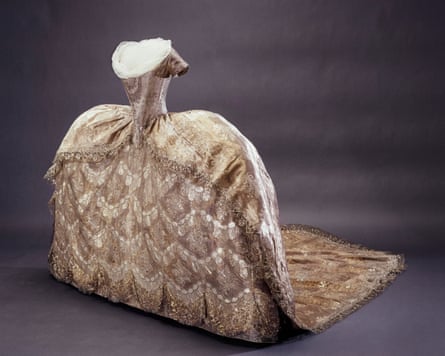
And here it is. A surviving part of a real guillotine from the revolution, with its rotted black wood and still-sharp, still-usable blade has been lent by the Madame Tussauds archive. It may have been the very machine that beheaded Antoinette on the Place de la Concorde – then called the Place de la Révolution – on 16 October 1793. A print shows the executioner holding up her head for the crowd to see, blood streaming from her neck.
After this, the reinvention of Antoinette in modern culture is explored, but it is the least convincing part of the exhibition. There is a photo of Kate Moss in “Marie Antoinette clothes”, and props from the film Marie Antoinette. All fine, but in reality this is not a show about style. It is about a woman who lived and died in the storm of history. Her final note from her death cell is here: “Mon Dieu! Ayez pitié de moi!” (My God! Have pity for me!) How could you not?

.png) 1 month ago
39
1 month ago
39

